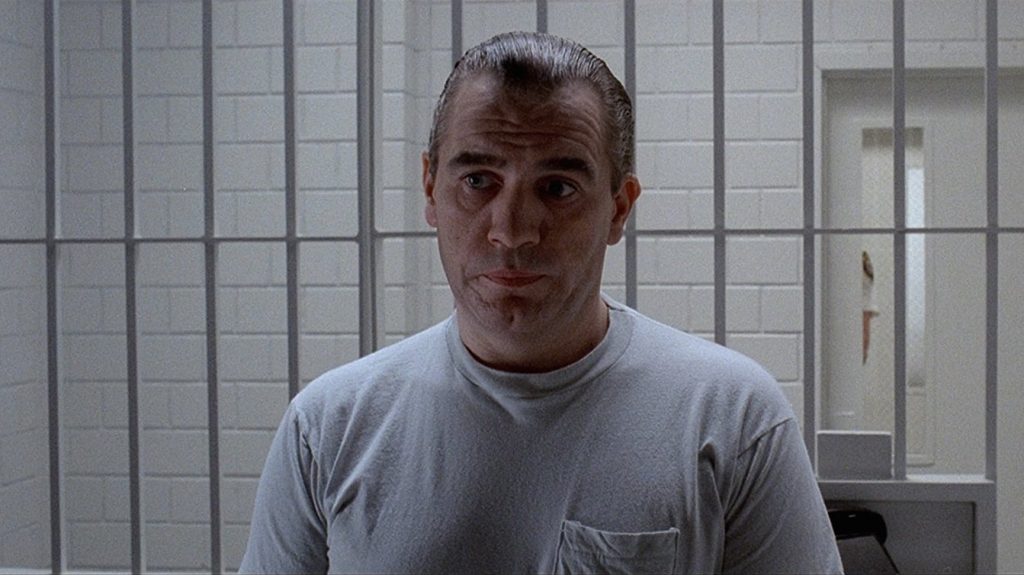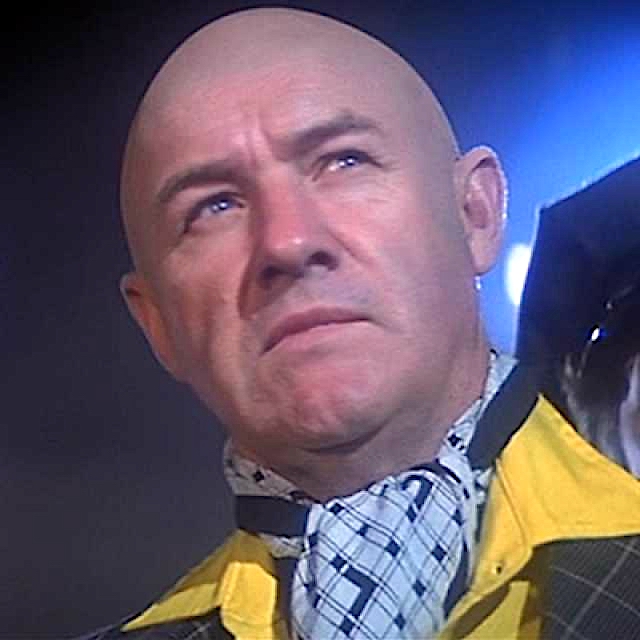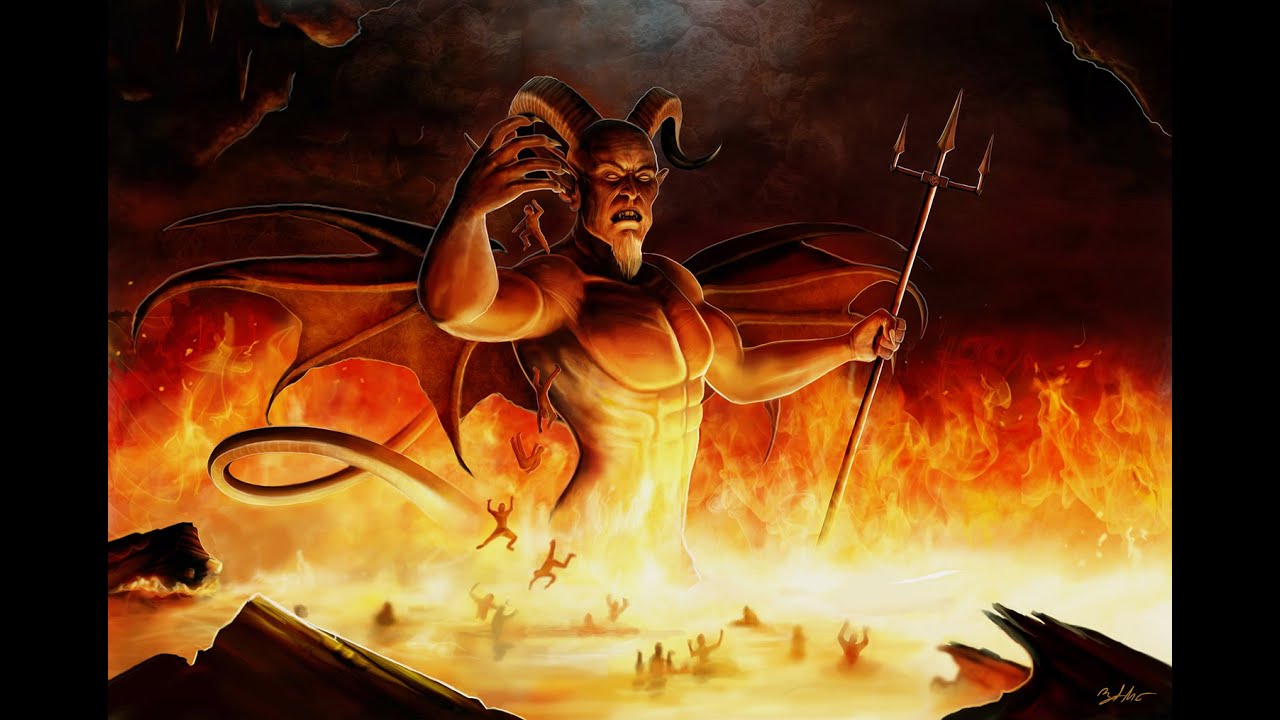- It’s Complicated: The Relationship Between Hero And Villain (Part 1)
- It’s Complicated: The Relationship Between Hero And Villain (Part 2)
Villains are essential to any story. We all know this. No hero gears up unless a villain demands their attention through misdeeds either directly or indirectly. And internalized villains (drugs, alcohol, greed, ego, etc.) are just as strong (maybe stronger) as any physical baddie and they are in place as well before anything really gets rolling.
I believe villains (antagonists) are people who have failed their ‘hero test’; an event or crossroads they didn’t do well and from which they didn’t recover. This defines them going forward in the story as terribly flawed. A protagonist is similar – something in their past, recent or historical, has defined them and they’ve moved into the story as emotionally crippled individuals.
So, at times, perhaps the only difference between an antagonist and protagonist is to what extreme each is willing to go to accomplish their goals because both share traits and attitudes in common.
To create the strongest story connections, in every hero there is some villain and vice versa. Villains reflect heroes and heroes reflect villains. It’s a symbiotic relationship that has both orbiting each other like twin moons in a dark sky. This is not a new concept. It’s been done for millennia in plays, novels, and film.
Shakespeare reflected this concept in many of his plays. And he showed it even more intimately when he created main characters who were deeply flawed anti- heroes. Villains within themselves that drove tortured souls. The characters of Macbeth and Richard III for example.
I Am You And You Are Me
Consider this passage from Manhunter Michael Mann’s excellent 1986 movie based on Thomas Harris’ “Red Dragon” book (and done years before all the other serial killer movies by the way.)
Will Graham is the original FBI agent who tracked down and caught Hannibal “The Cannibal” Lecter (Lecktor was updated to Lecter). In the process, Graham was injured and quit the FBI but he’s brought back to help catch the “Tooth Fairy” serial killer, so named because he bites his victims using a set of false teeth.
Graham thinks Lecktor might either have insight into the killer or that the killer is in touch with him – or both – so he goes to the supermax prison that holds Lecktor to interview him about the Tooth Fairy.

Dr. Hannibal Lecktor (Brian Cox)
This last exchange in that scene is the topper to the wonderful sparring the men have:
LECKTOR Do you know how you caught me, Will? GRAHAM Goodbye, Dr. Lecktor. You can leave messages for me at the number on file. Graham bangs on the door. Locks are starting to be unlocked. Graham can't wait to get out of here. He wants the locks to get unlocked faster! LECKTOR Do you know how you caught me? The door is now open. Graham fights down the impulse to run through. As Graham -- controlled -- steps out, what he hears is: LECKTOR (O.S.) The reason you caught me, Will, is: we're just alike. You want the scent? Smell yourself. The DOOR SLAMS shut on Lecktor.
Consider also Dirty Harry who uses rough justice to catch Scorpio, a brutal killer who is randomly terrorizing San Francisco. Both feel empowered to do as they wish. Both use their egos to act. It will take a cop like Harry Callahan, as vicious as the criminals he chases, to bring Scorpio to task.
Or even the classic To Catch A Thief starring Cary Grant. The title pretty much says it all as Grant, a retired jewel thief, is out to prove his innocence by tracking down and finding the sophisticated burglar impersonating “The Cat.”
No, the idea of the villain being a reflection of the hero is not new. We can find thousands of examples stretching back ages or just look at many current films for validation.
Lucifer Was An Angel Once
In bibles, the story of Lucifer is told. Not just the Christian ones but others also.
Many mythologies also speak of him (in different names) as a god himself, powerful and egoistic. Some translate the specific name Lucifer to be ‘light- bringer’ – not exactly evil. In Christian bibles, the angel Lucifer sat in a place of favor, on the right hand of God.
Lucifer was beloved by God, initially at least, and was highly valued before he challenged for the throne of Heaven. For punishment, Lucifer was cast out and down to serve in hell. That should give us a hint about how complicated hero/villain relationships can be. Many religions such as Judaism, Buddhism – also have versions of this villain of villains who is also portrayed as being initially beloved.
Moving into the new testament, Jesus was tempted by Satan who tried to goad him into various deeds. Lucifer wanted Jesus to step out of his godhood and commit sins. Become more like him.
In some canons Lucifer is actually called a ‘son of god’ – talk about a reflection of godhood.
You can also see the desert where Jesus’ temptation occurred as not being a physical desert but a symbolic one – outside of societal norms. The villain here is Satan, certainly, but the temptations are internalized and perhaps symbolic so they are part of Jesus who was born of both god and human.
Two Sides Of The Same Coin
To bring it back to a less celestial level, the origin story of DC supervillain Lex Luthor has seeds in the basis of a strongly-expressed hero worship by Luther when Supe was a lad. The story is that Luthor was a huge fan of Superboy (a super fanboy?) and saved the Boy of Steel from a kryptonite death. In gratitude, Superboy built him a state-of-the-art lab.
The lab catches fire one day and Superboy puts it out with his cold breath. But in the process he blows chemicals onto Lex Luthor, rendering him bald, and also destroys Luthor’s breakthrough discovery of artificial life. Luthor accuses Superboy of jealousy, swears revenge, and a supervillain who once worshiped Superboy, is born.

Gene Hackman (Lex Luthor)
The Incredibles Syndrome character anyone? Former fan turned supervillain? Yep.
The point here is that the young men in Superboy were friends. They were simpatico, reflections of each other. Good people, one of whom used his superpowers badly and the other who put blame where it didn’t belong. Had life gone differently, Lex Luthor would have a been as much a force of good as Superman turned out to be.
How about Doctor Jekyll and Mr. Hyde? One and the same man expressing different natures. Neither held sway over the other but each had their moments.
Freud’s concepts of ID and Superego covers this neatly. Our duality of nature is always at war with each other. The all-too-human symbols of the little angel and devil on our shoulders leading us in different directions is reflected in our literary or film expressions. We write what we know intuitively and we all know the good and bad inside us.
This is hero and villain manifest.

